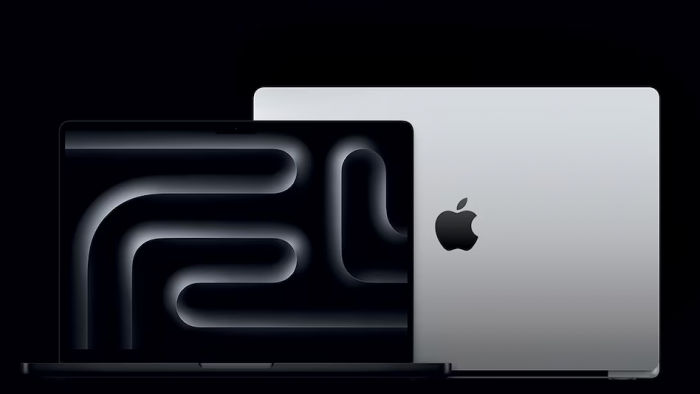Apple is reportedly gearing up for a seismic shift in laptop pricing strategy. Analysts suggest a new 13-inch MacBook, powered by the A18 Pro chip—the same powerhouse that drives the iPhone 16 Pro—could debut in early 2026, aiming straight at the sub‑$1,000 segment.

A18 inside a MacBook: Bridging the Gap
Why now?
The A18 Pro, while optimized for mobile, delivers single-core performance nearly on par with the M4 chip and multi-core scores on par with M1-era Apple Silicon. Embedding it in a laptop lets Apple play on efficiency and familiarity, and significantly cut costs.
Mass-production timeline:
Reports place manufacturing ramp-up in Q4 2025, with retail availability in Q1–H1 2026.
Price Disruption: MacBook at <$800?
Target market:
Details are slim, but analysts believe Apple wants a device priced around $700–$800—a sharp departure from the $999 MacBook Air.
Volume expectations:
The goal? 5–7 million units in 2026—reviving MacBook shipments to 25 million annually, up from 20 million in 2025.
Colorful Comeback & Design Goals
Vibrant palette:
Rumors suggest glossy aluminum finishes in silver, blue, pink, and yellow, channeling the nostalgia of past iMacs—and perhaps the canceled 12″ MacBook.
Form factor:
Expect a thin, fanless design weighing around 1.2 kg, similar to the Air. The big question: will Apple sacrifice ports or camera quality to hit the price target?
Performance & Real-World Use
Benchmarked bite:
Single-core Geekbench scores around 3,400–3,700, multi-core around 8,500, matching M1's multicore but trailing M4.
Practical use:
Ideal for students, web work, streaming, and light document editing. Not built for pro-level media creation, 3D rendering, or heavy multitasking.
Strategic Shifts & Opportunities
Ecosystem expansion:
By reusing the A18 chip, Apple may further unify its semiconductor roadmap across iPhone, iPad, and Mac—streamlining production while democratizing macOS.
Market penetration:
This model could lure new users—students, families, first-time Mac buyers—offering Apple reliability without a steep price tag.
What Still Remains Unknown
Final Take: A Bold Gamble
If Apple pulls this off, a $799 MacBook with a sleek design, vibrant colors, and Apple-level smoothness could redefine laptop value. It’s not meant to replace the M‑series powerhouses—it’s meant to open up the ecosystem. A budget breakthrough like this may be the mobility game-changer Apple needs in 2026.
Will real-world users embrace toned-down MacBooks at last, or will compromises prove too heavy? We’ll know early next year.
Post Comment
Be the first to post comment!




